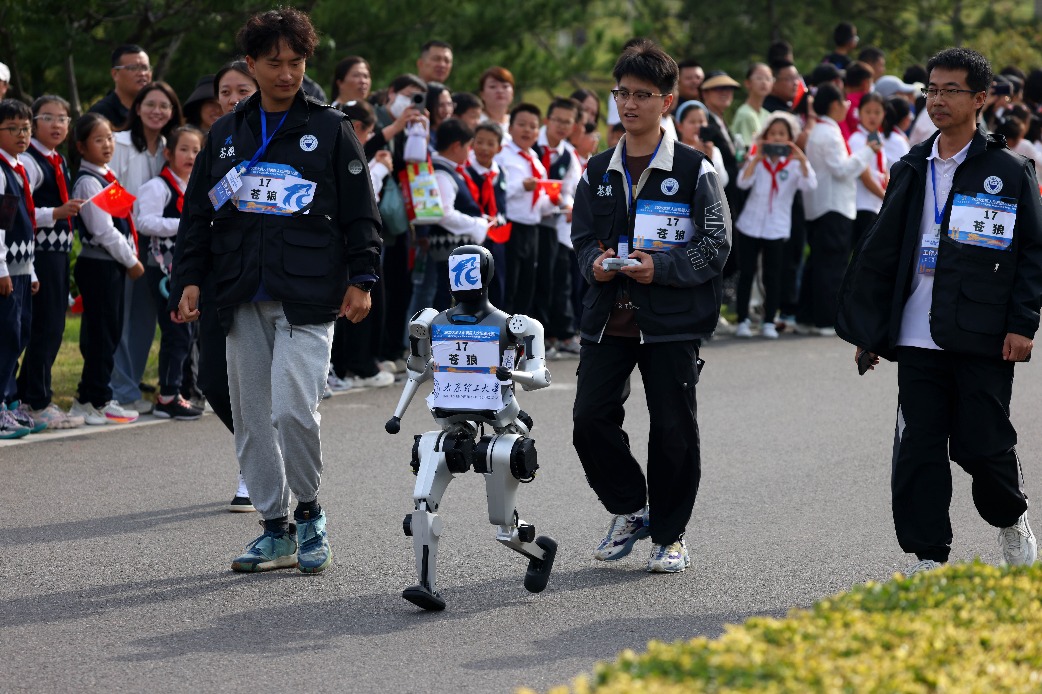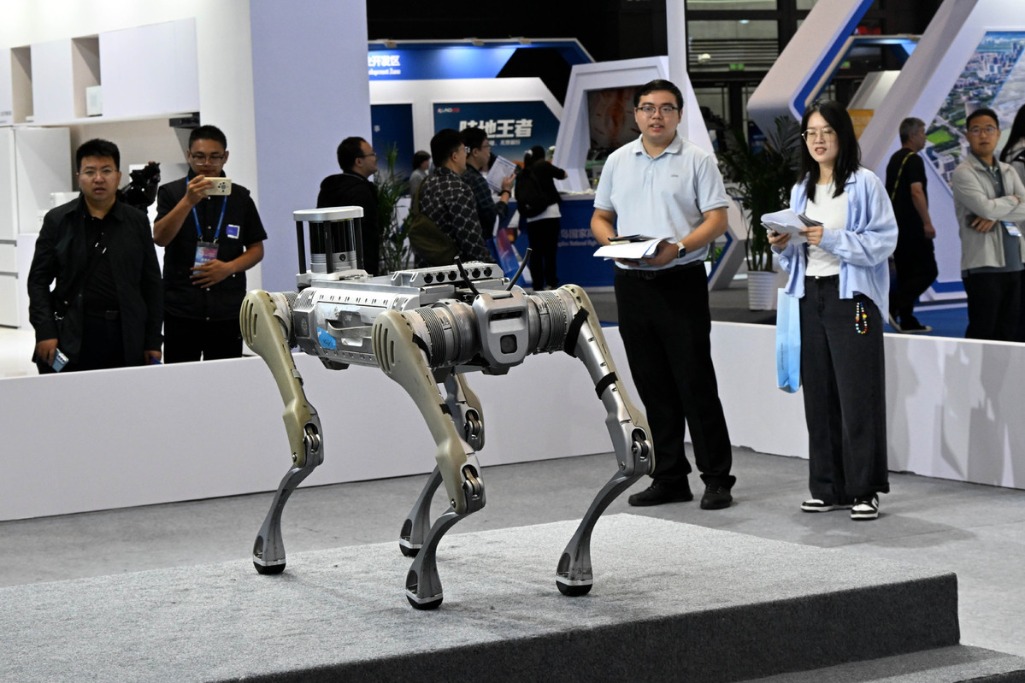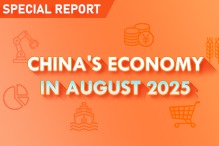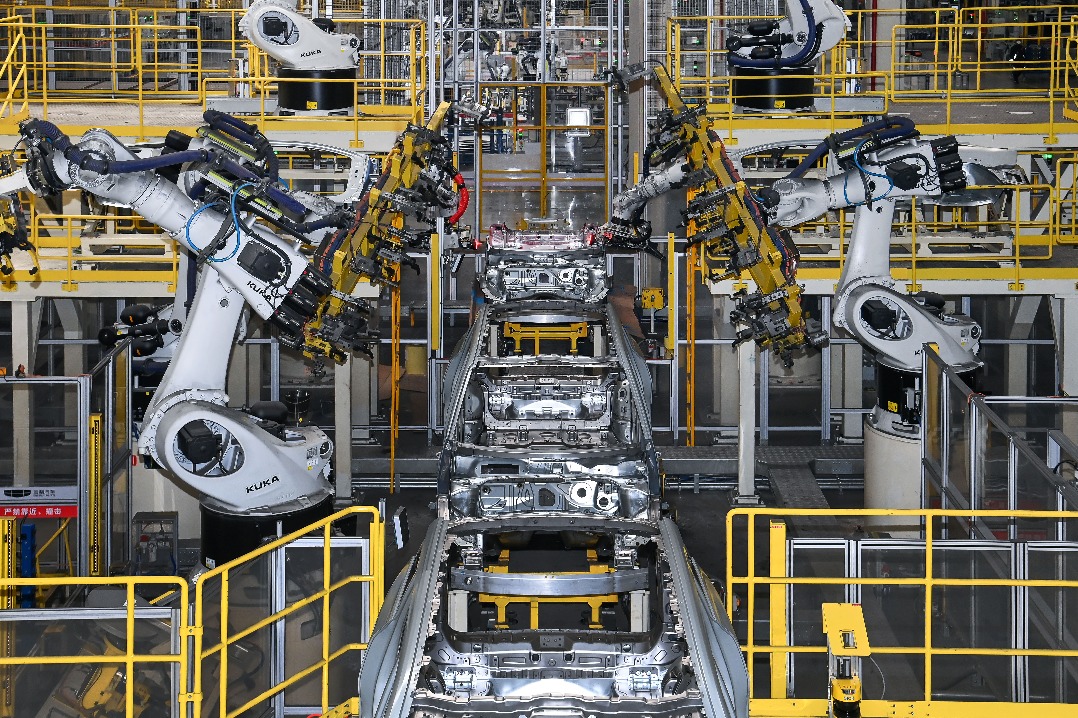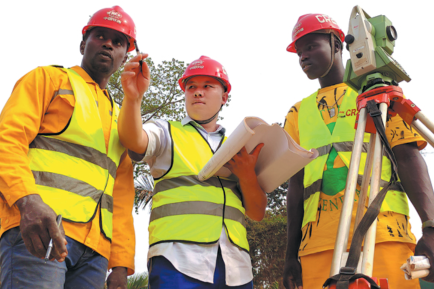Role of intl cooperation, financial services in focus to ramp up green push


Giving more play to financial service providers and seeking deeper international cooperation are vital to the green transition and low-carbon development, which are the very basis of high-quality economic growth, said experts.
Their comments were made during the 2025 Green and Low-Carbon Innovation Forum held in Shanghai in late September as part of the 2025 Pujiang Innovation Forum.
The 2026 World Intellectual Property Organization's green acceleration project in Shanghai officially kicked off during the forum, aiming to address the challenges and green technology requirements posed during hyper-large cities' green transition. The project touches upon various topics such as energy, industries, transportation, buildings, circular economy and cities' resilience, among others.
According to Liu Hua, director of WIPO Office in China, Shanghai has much strength in terms of patent applications, scientific publishing and venture capital transactions. By giving full play to such competitiveness, the projects aim to transform more paper-based findings into assets, she said.
A total of five programs have been landed under the WIPO project. The mobile charging and distributed storage solutions developed by Shanghai-based Eraergy Technology Co Ltd are among them.
With a maximum charging efficiency of 99 percent for electric vehicles, which is 4 to 5 percent higher than that of traditional air-cooled modules, Eraergy's solutions can achieve self-iteration and performance improvement.
As of Aug 29, or 10 days after they entered operation, the solutions had served 1,432 new energy vehicles, extending their total range by 272,224 kilometers while reducing carbon emissions by approximately 21.35 metric tons, according to the company's top executives.
According to Xu Hao, vice-president of Tencent's sustainable social value department, many companies may confront the so-called "death valley" while commercializing their lab results. This may be related to application scenarios, building their own factories or simply costs.
Cooperation with multinational financial institutions, such as the Asian Infrastructure Investment Bank, is thus needed to secure financing for these startup projects, which usually incur higher risks. This is especially important for low-carbon development, he said.
Financing should play a bigger role to help the application of research results at a faster pace, said Xie Wenlan, a vice-chairman level official of Science and Technology Commission of Shanghai Municipality.
"Therefore, efforts should be made to build a financial cooperation mechanism connecting banks, insurance companies and funds to direct more financial resources to urban green transition products," he said.
Echoing Xie's remarks is the cooperation agreement signed among Shanghai-based Green Technology Bank, Shenergy Property and Casualty Insurance, and the Shanghai Research Institute of Building Sciences Group on Sept 22, further strengthening the ties among technologies, construction and finance.
Under this cooperation aiming to promote the construction of new green buildings and green transformation of the existing ones, Green Technology Bank will come up with a technology database and evaluation reports while Shanghai Research Institute of Building Sciences Group will be responsible for the whole-process control covering surveying, construction and testing. The insurer will launch a new insurance policy for green edifices' performance.
Such cooperation will be expanded to energy saving among industries and new energy power stations.
As discovered by Anders Sloth Nielsen, executive director of the Innovation Centre Denmark in Shanghai, Chinese universities are signing agreements to set up clean tech innovation houses. Policymakers are exchanging knowledge on emission trading. Companies are exploring joint projects in green buildings, energy efficiency and other sustainable technologies.
But low carbon transition must be international and collaborative. For this reason, the Danish and Chinese governments rolled out a green joint work program for 2023 to 2026. Touching upon topics of climate and energy, water and environment, maritime decarbonization, sustainable food and agriculture, as well as green health solutions, the program focuses on areas where Denmark's experience and China's scale can complement each other, he added.
shijing@chinadaily.com.cn




















